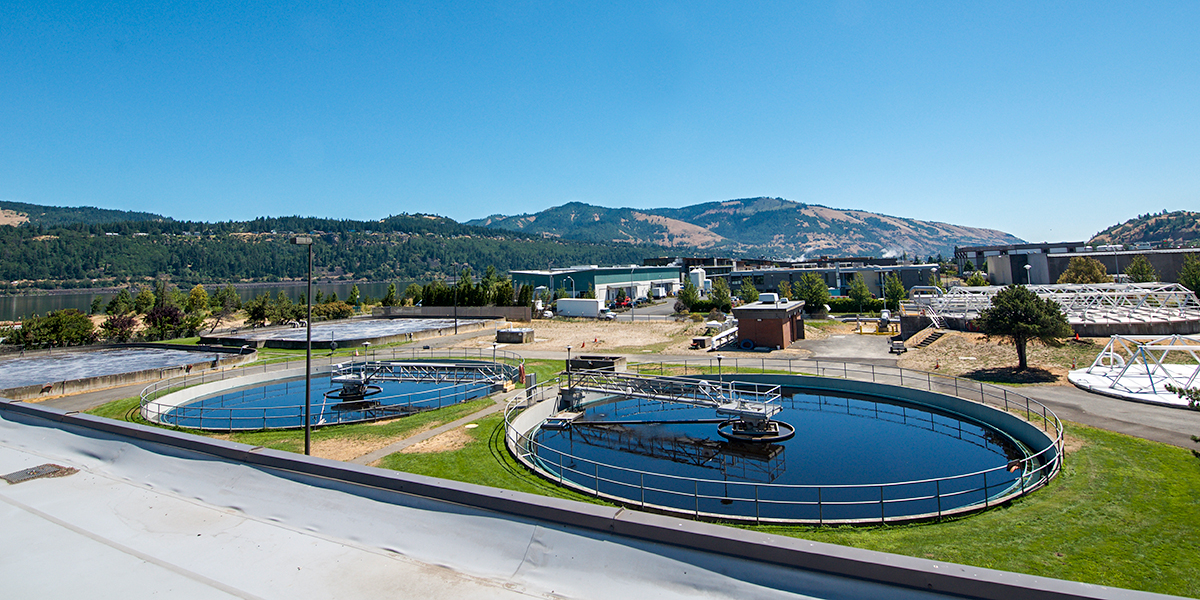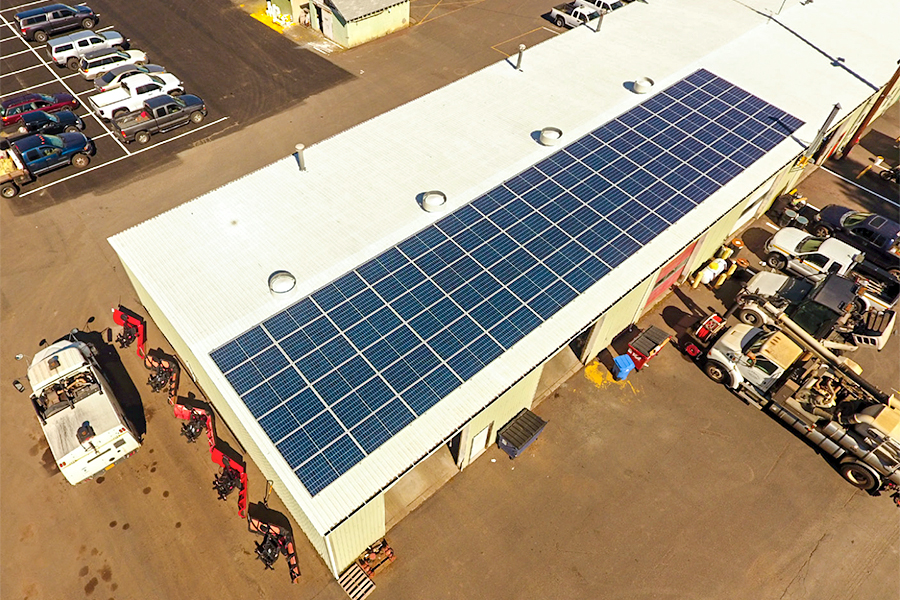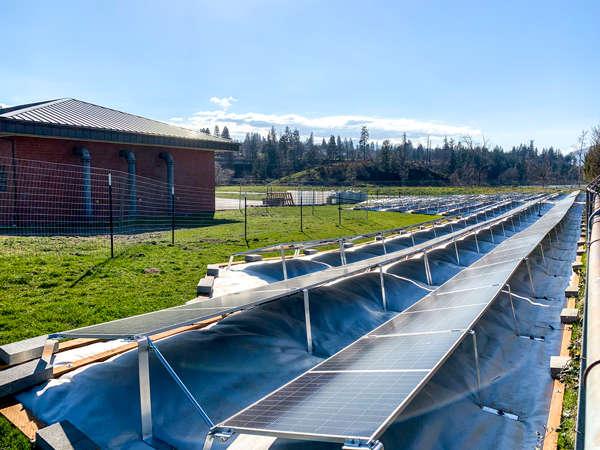
at the Waste-Water Treatment Plant (WWTP)
Analysis of City’s Energy Use and Emissions completed

As a major project supporting the City of Hood River’s environmental sustainability goal, the City has established a baseline of energy usage and emissions for all City-owned facilities and vehicle fleet. This project is part of the 2020 City Council Work Plan.
Energy use totals from electricity and natural gas, along with fuel costs, were calculated using Energy Source Bill data and emissions totals were calculated using Energy Usage totals.
“With data compiled and a baseline established, it will be possible to continue to monitor energy use and reduction that result from future projects,” explains the City’s Management Analyst Haley Ellett, who joined the City in January. Noticeable reductions have occurred annually over the past three years at the Waste-Water Treatment Plant (WWTP), whereas energy use and emissions at other City buildings have remained relatively flat, and fuel consumption and emissions has ticked up each year. The overall result is that Total Energy Usage and Emissions for all City buildings and fleet combined are trending downward.

This is in part due to programs already put in place for environmental sustainability. For example, the Waste-Water Treatment Plant’s recently installed solar panels should generate approximately five-percent of the facility’s electric power while a reduction of about 230,000 kilowatts per year is expected from its Dissolved Oxygen Probe Upgrade.
Usage and emissions broken out by individual City facilities and by energy source will serve as baselines for specific locations. This allows evaluation of the City’s highest consumers of energy and highest producers of emissions as well as helps determine factors potentially contributing to energy use and emission increases. With baselines for each facility, City management will be able to evaluate energy-saving programs and consider potential equipment upgrades and projects to reduce energy usage and emissions.
The percentage of Energy Usage and Emissions by location has remained relatively steady for the past three years with the Wastewater Treatment Plant and Fleet continuously the highest users of energy and producers of emissions.
City Council has resolved to meet net zero emissions by 2035.
Upcoming projects for the City’s Management Analyst include:
- Wastewater Treatment Plant Assessment including an assessment for Biogas Cogeneration Feasibility (if feasible, would produce both heat and power)
Determination of Potential Contributing Factors:
- Yearly Weather – heating and cooling of buildings
- Building Design – Changes and Equipment- building orientation and level of weatherization, crew size, amount of office equipment on site and in use, amount/type of office lighting in use, efficiency of equipment, and usage of hot water heaters and thermostats
- Fleet Equipment and Usage – fuel economy, vehicle miles traveled, and idling hours
- Operation and Maintenance of Buildings and Fleet – when not optimized
Please consider signing up HERE to receive quarterly Emails of future editions of Hood River City Connect.
Si le gusta lo que acaba de leer, considere inscribirse AQUI para recibir correos electrónicos trimestrales de futuras ediciones de Hood River City Connect.
